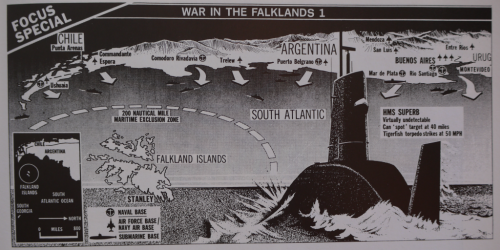Very few newspapers have a team dedicated to data visualization and information design. Many produce data dumps that are the antithesis of design. The New York Times, however, creates consistently high quality maps and graphics to tell their stories.
Small Labs Inc provide an excellent repository of over 300 superb examples of their work to date which are a catalogue of best practice in thematic map design – viewable here. It’s almost invidious to select one example of their work that sits above all others but we’re going to try…
The map of foreclosures from 2008 displays multiple variables in a striking 3D graphic giving the map the look of buildings on a city landscape. The map labels don’t dominate even though they add important contextual statistics. Subtlety is the key here. The fine san serif shape means it sits further in the background and doesn’t obstruct the foreclosure shapes. The white US country background provides a neutral landscape for the buildings to emerge from. Simple, thin, solid black lines delineate the state lines. The map page is complemented by two traditional but expertly constructed choropleths and the overall page maintains a clean fresh appearance with excellent visual balance.
We could point to the fact that the perspective 3D view makes measuring the building heights for comparison a little difficult but in the context of the readership and presentation it’s sometimes perfectly reasonable to break a few cartographic rules. A great example of data journalism that uses cartography to good effect and with purpose.





